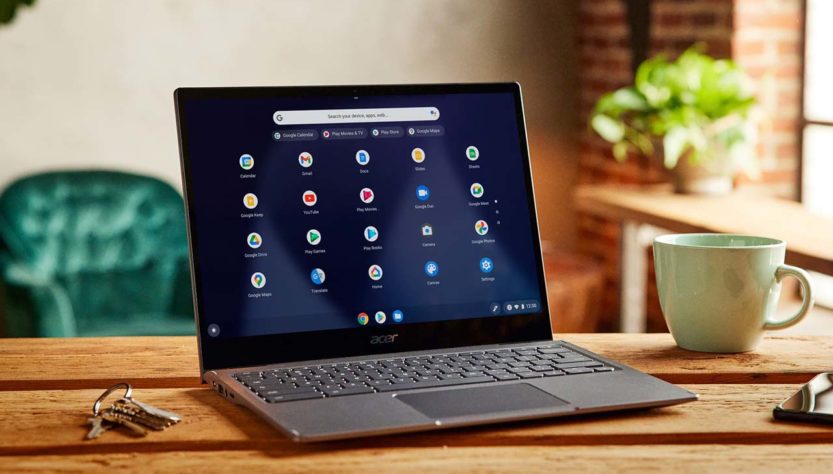For some people, it may be difficult to tell the difference between a Chromebook and a regular laptop. Naturally, the physical form of the two is similar.
Chromebooks also have physical keyboards, web cameras, screens, and so on. The new difference will be felt when used. The main difference between Chromebooks and regular laptops is in the operating system.
In the market, more ordinary laptops are found using Windows or Linux operating systems. While Chromebooks, use Google’s ChromeOS operating system. The following are some of the differences between Chromebooks and regular laptops.
More Minimalist Chromebooks
Chromebooks were first introduced in 2011. Chromebooks are designed to run optimally with all kinds of Google applications, such as Google Meet, Gmail, Google Drive Google Suite, and others.
The Chromebook operating system is similar to the Android operating system on smartphones. Chromebooks also have the Google Play Store app store. Chromebook users can install a variety of compatible apps through this app store.
Chromebooks are actually designed for those who spend most of their time on the Internet. Chromebooks rely on Google’s cloud ecosystem. Users can use Google Docs, Slides, Sheets, and Drawing instead of Microsoft Office.
Chromebook devices generally have lower specifications than regular laptops, because they are intended for light use such as work, study, and entertainment.
Chromebooks are less than optimal when used to carry out heavy work such as video editing. However, if it’s just for basic photo or video editing, Chromebooks can still do it.
Dependence On The Internet
Another thing that distinguishes Chromebooks and laptops is the need for an internet connection. At the beginning of its release, Chromebooks must always be connected to the internet during use.
The reason is, Chromebooks are designed for those who are more connected to the internet.
This can be quite inconvenient if your Chromebook is used in an area with poor or even non-existent internet. However, Google is slowly fixing this weakness.
Some applications can start to be used via Chromebooks, including if they are not connected to the internet. Those apps are like Netflix, YouTube, and Spotify.
One of the things that makes Chromebooks have to be constantly connected to the internet is the allocation of storage used.
Unlike regular laptops, Chromebooks rely on cloud-based storage (cloud computing), not local storage on the device.
So, an internet connection is needed to open files stored in the cloud. For laptop users, the lack of an internet connection is sometimes not a big problem if the work can be done offline, such as typing documents or creating presentation files.
If you use your computer more often for activities that don’t require an internet connection, or are often in an area with a limited internet connection, you should reconsider using a Chromebook.
Hardware
Chromebooks generally use processors with lower capabilities than ordinary laptops, as summarized by KompasTekno from Cnet, Saturday (31/7/2021).
This is because the hardware used is adapted to the ChromeOS ecosystem, which is lighter than Windows, Linux, or MacOS.
Most Chromebooks also use MultiMediaCard (eMMC) type storage. eMMC is flash storage, much like a solid-state drive (SSD).
The difference is, SSDs have far superior performance, are faster and are available in much larger sizes than eMMC.
Chromebook storage sizes are more similar to smartphone storage, for example 16GB, 32GB, or 64GB capacities.
Whether or not your Chromebook has sufficient storage capacity depends on how many files and apps are stored. Typically, Chromebooks have a microSD slot for expanding storage space.
However, users can also choose to save files in the cloud to save on internal memory consumption.
While laptops, have SSD storage space with capacities ranging from 128 GB to 4 TB. In addition to SSDs, not a few laptops are also still using a hard-disk drive (HDD).

